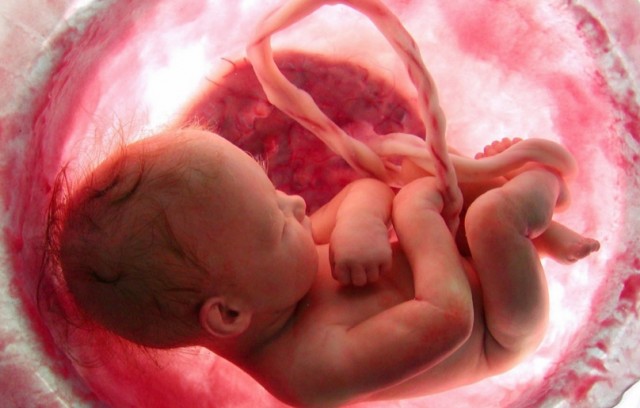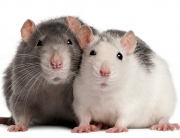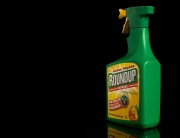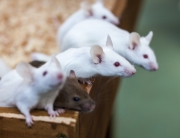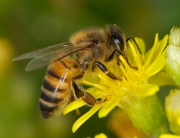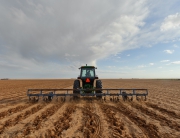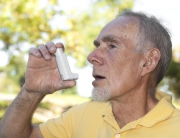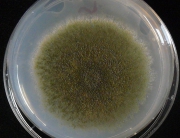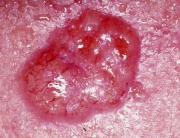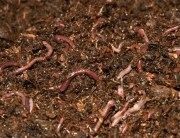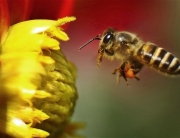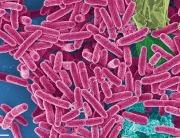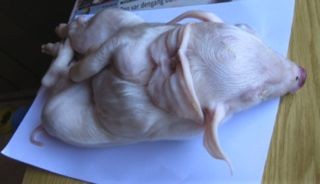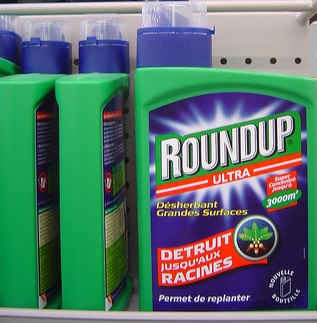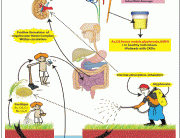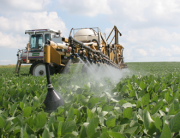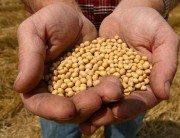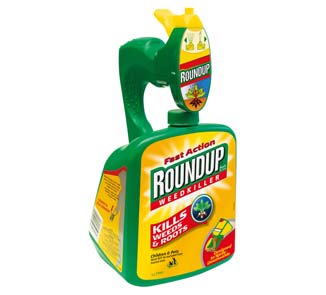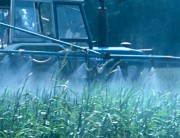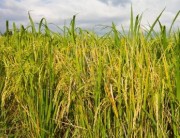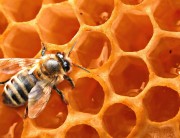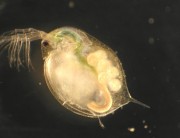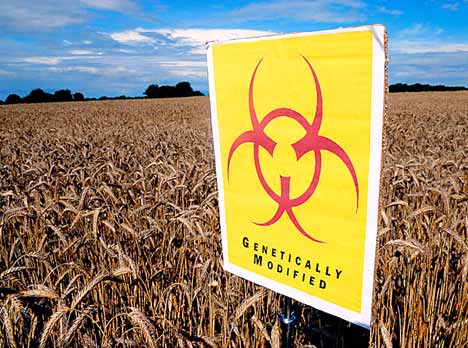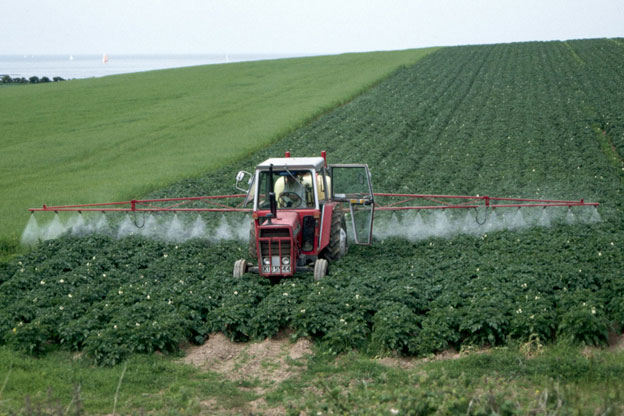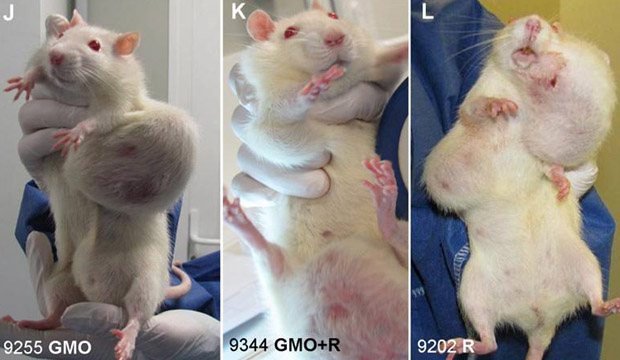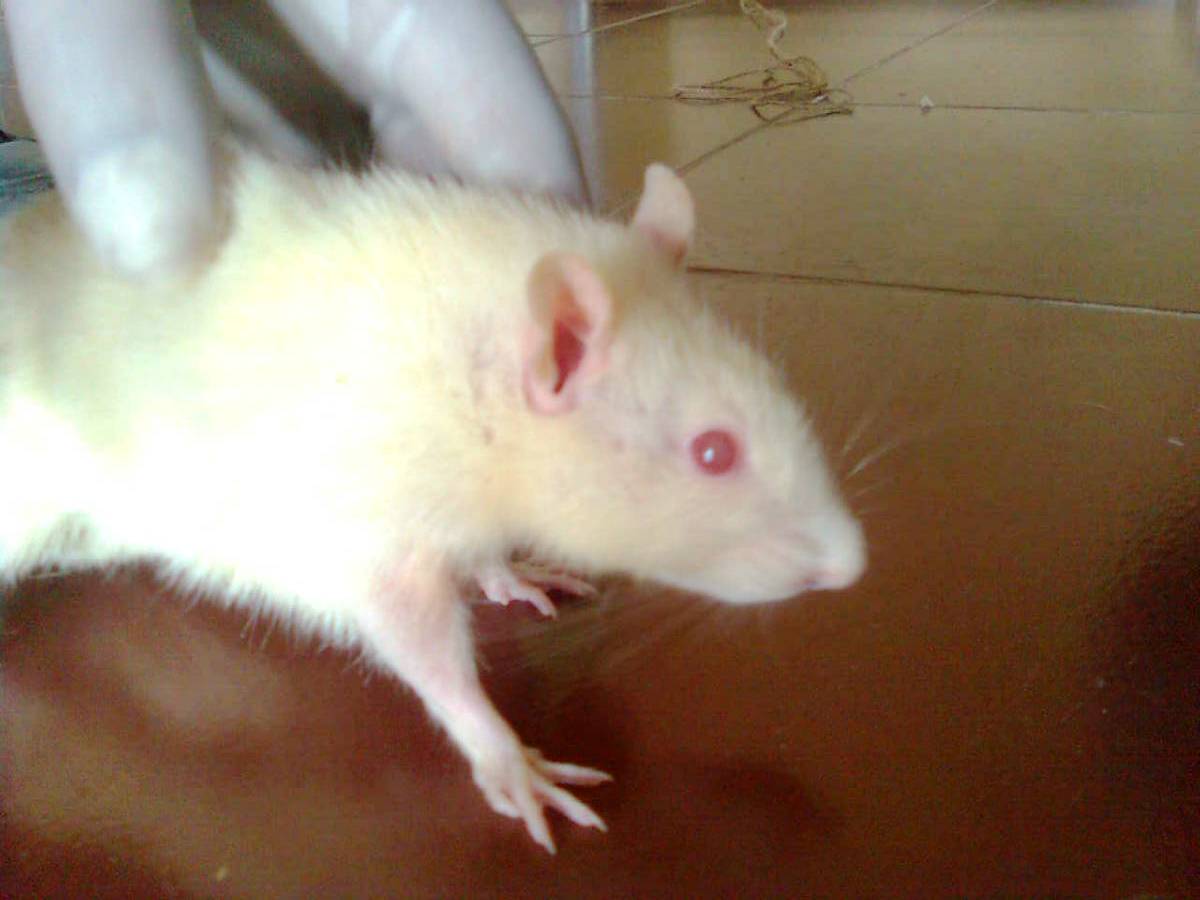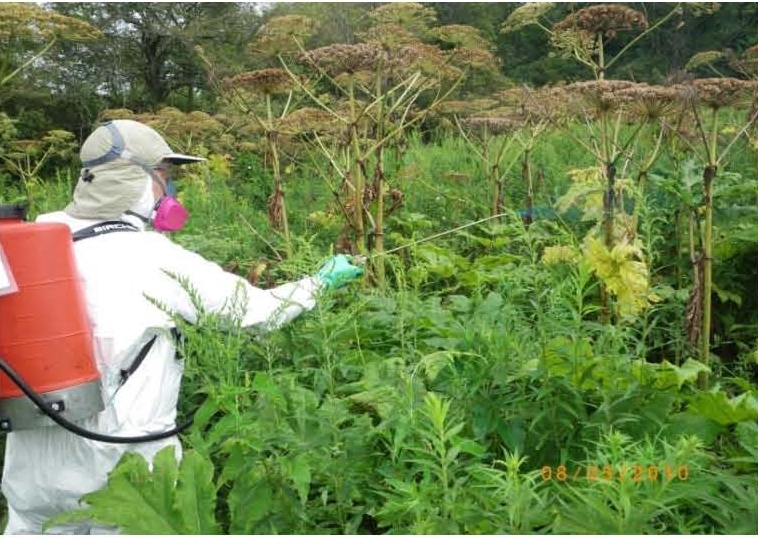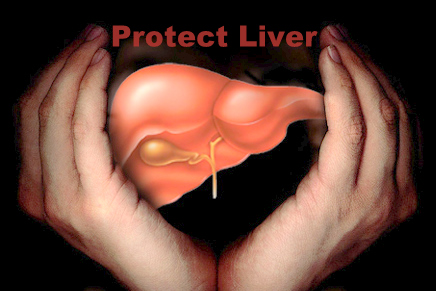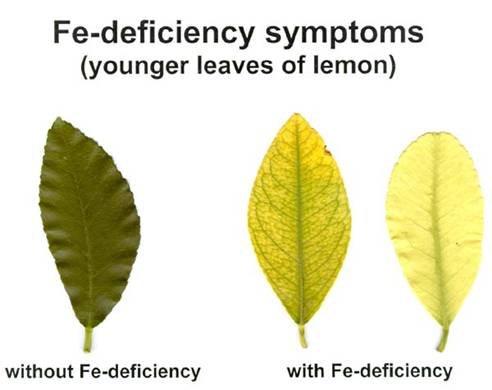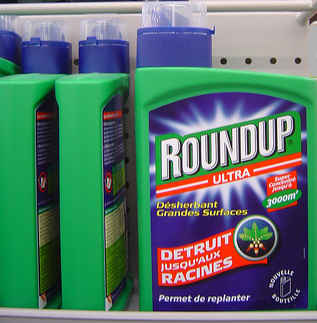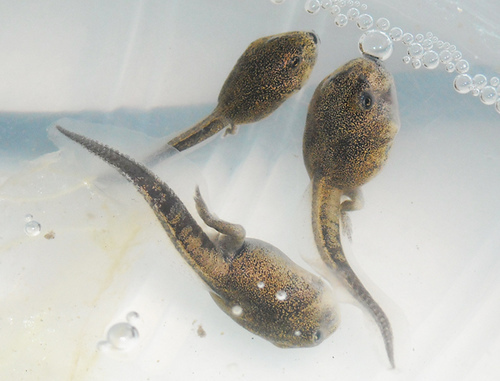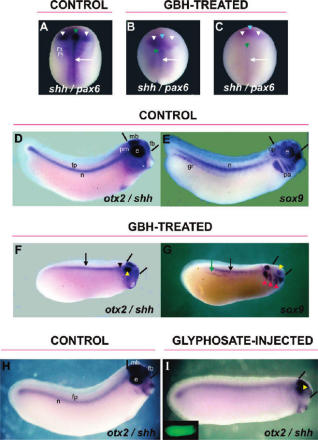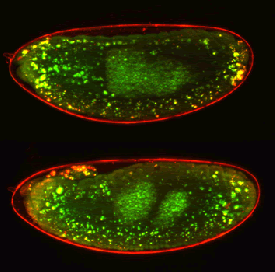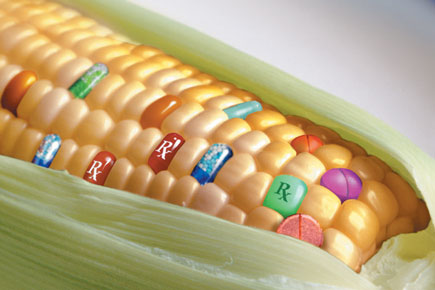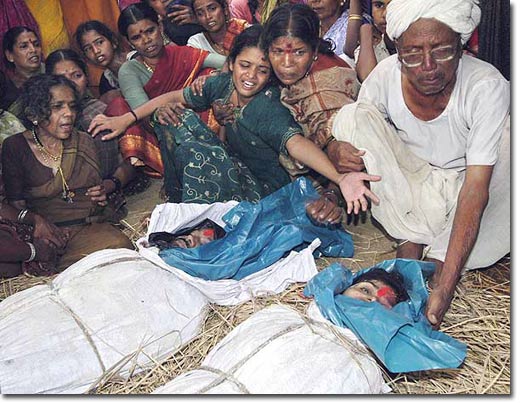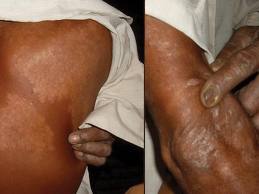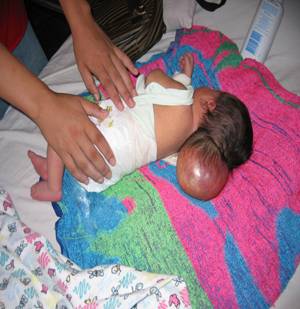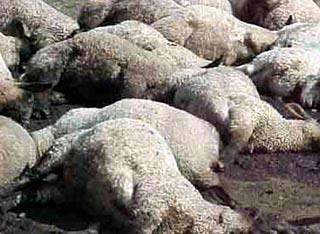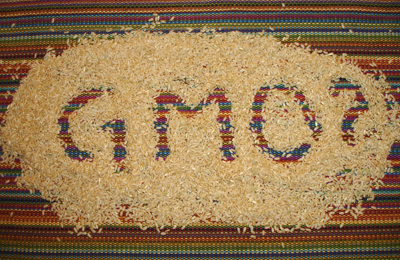A new joint Thai / U.S. peer-reviewed study has discovered high levels of the pesticides glyphosate and paraquat in pregnant women’s blood serum at childbirth and in umbilical cord blood serum.
Glyphosate and Paraquat in Maternal and Fetal Serums in Thai Women
Authors: Kongtip P, Nangkongnab N, Phupancharoensuk R1, Palarach C, Sujirarat D, Sangprasert S, Sermsuk M, Sawattrakool N, Woskie SR
Full Study: https://www.ncbi.nlm.nih.gov/pubmed/28422580
Abstract:
OBJECTIVES:
This longitudinal study measured the glyphosate and paraquat concentrations found in maternal and umbilical cord serum in 82 pregnant women who gave birth in three provinces of Thailand.
METHODS:
Through questionnaires and biological samples collected at childbirth, factors such as personal characteristics, occupation, agricultural activities, and herbicide use in agricultural work were evaluated as predictors of glyphosate and paraquat levels in the pregnant women. Statistical analysis used univariate and binary multiple logistic regression, where the outcome was the probability of exposure to paraquat or glyphosate above the limit of detection associated with occupation and household factors.
RESULTS:
The glyphosate concentrations in the pregnant women’s serum at childbirth (median 17.5, range 0.2-189.1 ng/ml) were significantly higher (p<0.007) than those in the umbilical cord serum (median 0.2, range 0.2-94.9 ng/ml). However, the paraquat concentrations in the serum of the pregnant women at childbirth (83% ≤ limit of detection [LOD] with maximum of 58.3 ng/ml) were similar to those in the umbilical cord serum (80% < LOD with maximum of 47.6 ng/ml). Women with glyphosate levels > LOD in serum at childbirth were 11.9 times more likely to report work as an agriculturist (p<0.001), 3.7 times more likely to live near agricultural areas (p=0.006), and 5.9 times more likely to have a family member who worked in agriculture (p<0.001). The only factors affecting paraquat exposures in pregnant women at childbirth were reporting the agricultural activity of digging in farm soil and working in the agricultural fields in the third trimester of pregnancy.
CONCLUSIONS:
These results show that pregnant women who work in agriculture or live in families that work in agriculture have higher exposures to the herbicides glyphosate and paraquat. The potential for long term health impacts of these prenatal exposures to children should be evaluated, and greater regulation of the sale and use of herbicides should be considered in Thailand.





